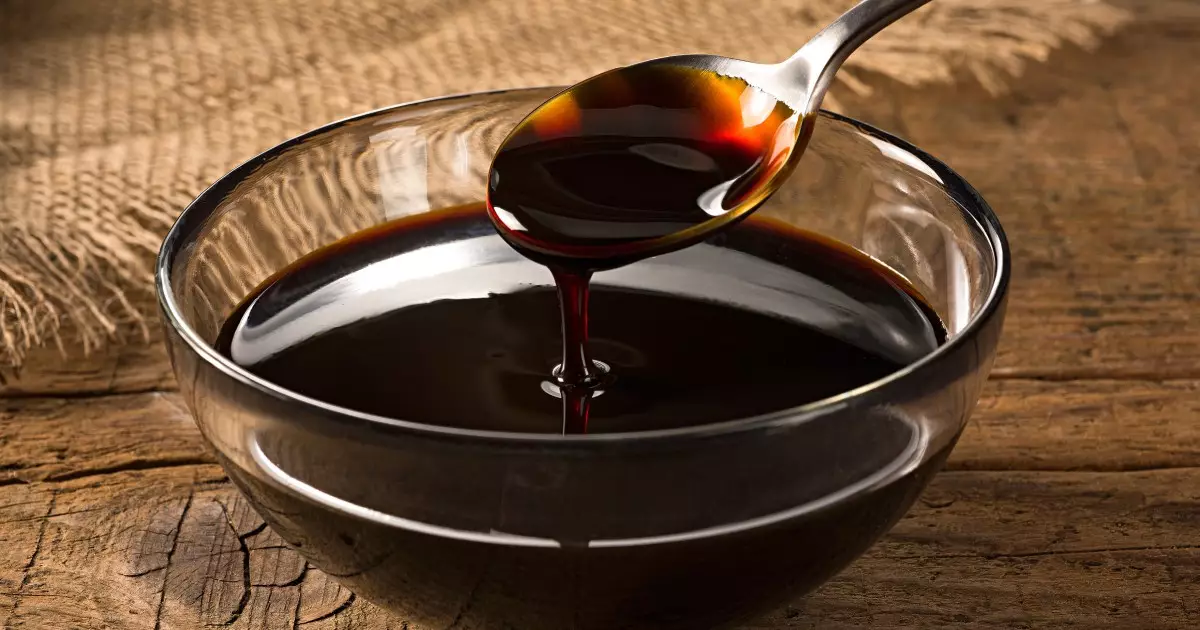When pondering our furry companions’ diets, one may not immediately consider molasses as a potential treat. Traditionally avoided due to its high sugar content, molasses possesses nutritional benefits that could surprise many dog owners. Understanding the nuances of molasses and its impact on canine health is crucial, particularly for those who wish to navigate the complex relationship between dog nutrition and treats. In specific contexts, molasses can be a safe addition to a dog’s diet, but it requires discernment from pet owners.
Understanding Safe Consumption
The consensus among veterinarians is that while not all types of molasses are beneficial, one particular variant—Blackstrap molasses—stands out. Derived from the third boiling of sugarcane, this syrup is not just a sweet concoction but a nutrient powerhouse. Dogs, like humans, can benefit from essential nutrients such as calcium, iron, and magnesium, which can promote overall health when introduced correctly. However, it’s important to stress moderation; excessive sugar in any dog’s diet can lead to health issues like obesity and diabetes, especially in breeds prone to these conditions.
A Closer Look at Molasses Varieties
Molasses is available in several forms; notably light, dark, and Blackstrap molasses. Understanding these differences is key for dog owners. Light molasses, often found in supermarkets, is the initial syrup produced from boiling sugarcane. Its sweet flavor accompanies a dangerously high sugar content, rendering it unsuitable for canine consumption. Dark molasses, while slightly less sweet, still presents similar concerns and is not recommended for dogs.
In stark contrast, Blackstrap molasses retains the nutrients after further boiling. This more robust process effectively reduces sugar content while preserving beneficial minerals. It’s an excellent way to enhance home-cooked dog treats, contributing not just flavor but a nutritional boost that can aid in a dog’s energy levels and immunity. Consultation with a veterinarian is essential before introducing this or any new ingredient into their dietary regimen.
Nutritional Benefits vs. Risks
The idea of incorporating something sweet into a dog’s diet often prompts images of spoiling our pets. However, the careful application of beneficial additives can lead to enhanced health. The nutrients found in Blackstrap molasses can aid in the prevention of conditions such as anemia and support expansive functionalities in your dog’s body. However, each dog is unique, and their specific health warrants consultation with veterinary professionals before making any changes to their diet.
Despite its potential benefits, there are undeniable risks associated with introducing sugary foods into a dog’s diet. Regulating portions is critical; a few drops of Blackstrap molasses over a meal or in homemade dog treats can offer health benefits without pushing sugar levels into dangerous territory. Additionally, owners must monitor for any negative reactions; after all, not all dogs will react the same way to new foods.
Creative Ways to Incorporate Molasses
For those wishing to venture into the realm of canine culinary treats, Blackstrap molasses can be used creatively. Combining small amounts with dog-safe ingredients such as oats, peanut butter, or pumpkin creates delightful homemade treats that are both safe and enjoyable for your four-legged friend. The effectiveness of these treats can be measured by the enthusiasm with which they’re eaten, providing an instant review from your dog.
It’s essential only to offer these creative concoctions as an occasional treat rather than a staple diet component. Dog nutrition experts often recommend a variety of foods to ensure that your furry friend is receiving balanced nutrition, a crucial step in promoting long-term health and well-being.
The Takeaway for Dog Owners
As the world of pet nutrition continues to evolve, the inclusion of unique ingredients such as Blackstrap molasses is becoming more widely accepted. However, the delicate balance between health and indulgence remains as important as ever. Pet owners should be informed consumers, nurturing their pets while remaining vigilant about their health. The exploration of safe and flavorful additions can transform an ordinary diet into a gourmet experience for our beloved pets—ensuring they enjoy both health and happiness.

